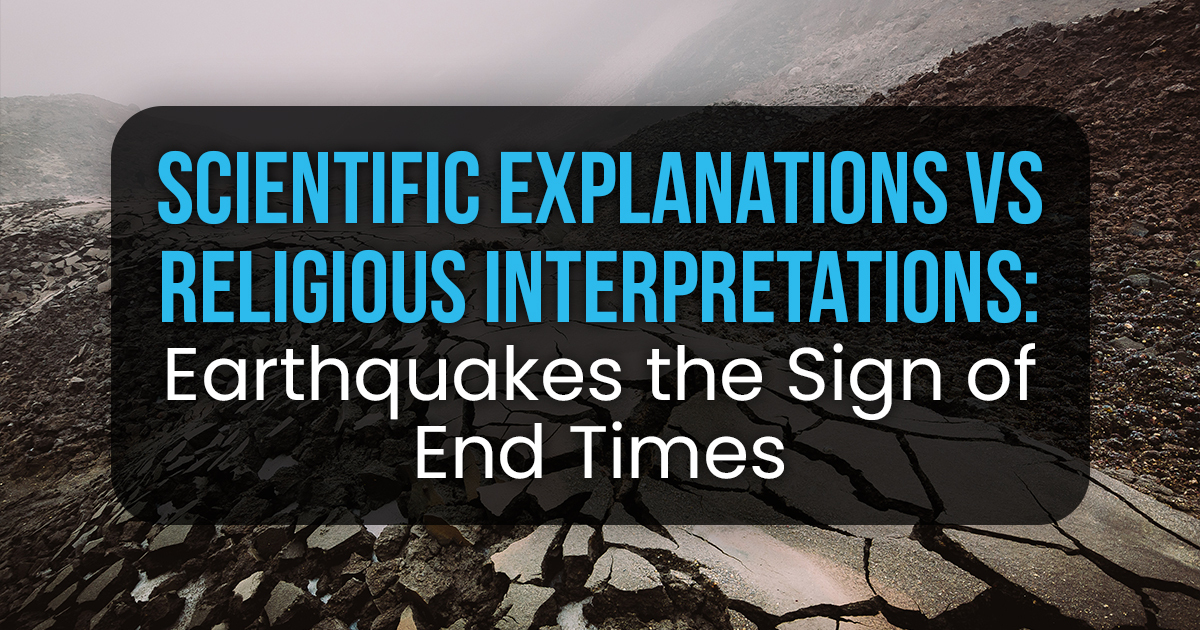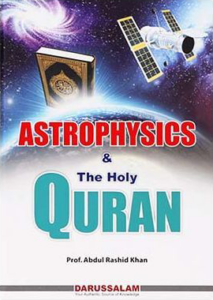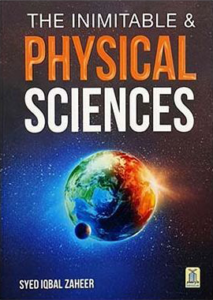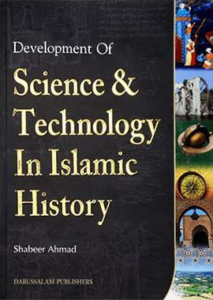Throughout history, earthquakes have rattled our world, leaving behind a trail of destruction but also a flurry of questions and interpretations. For ages, humans have sought understanding from two major perspectives — the scientific explanations based on geologic processes and the religious interpretations woven into prophecies and eschatology.
In this post, we will delve into both of these avenues, dissecting how science and religion approach the phenomenon of earthquakes and what they signify for our future.
Understanding Earthquakes: A Scientific Perspective
The Mechanics of an Earthquake
Tectonic Plates:
The Earth’s crust is divided into large slabs known as tectonic plates which float on the semi-fluid asthenosphere beneath them.
Fault Lines:
These plates are not static; they are in constant motion, and where they interact, they create faults.
Seismic Waves:
The energy released from the sudden movement of these plates generates waves that shake the ground — what we feel as an earthquake.
Read More About Signs of the Judgement Day
Earthquake Measurement and Prediction
The Richter Scale:
Invented by Charles F. Richter, this scale measures the magnitude of an earthquake.
Seismographs:
Tools such as seismographs are used to detect and record the seismic waves of an earthquake.
Advances in technology have enabled better forecasting, yet predicting the exact time and place of an earthquake remains elusive.
Historical Accounts and Patterns of Earthquakes
- A look into historical records allows scientists to recognize patterns and frequencies of earthquakes in different regions.
- Modern techniques like GPS and LIDAR help in monitoring crustal movements that could lead to earthquakes.
Earthquakes in Religious Texts: Signs of Divine Wrath?
Prophetic Significance of Earth Tremor
- Many religions, including Christianity, Islam, and Judaism, refer to natural disasters like earthquakes as signs or warnings from a higher power.
- Prophecies often associate earthquakes with major eschatological events, suggesting they are precursors to the end times.
Moral and Ethical Interpretations
- In various faith traditions, natural disasters serve as reminders for the faithful to maintain righteousness and moral integrity.
- These interpretations often stress the temporary nature of life and the importance of preparation for the afterlife.
Blog About What is the Biggest Sin in Islam?
The Intersection of Science and Faith Regarding Earth Tremors
Complementary or Contradictory?
- The coexistence of scientific and religious explanations for earthquakes raises the question of whether they complement or contradict each other.
- Are these viewpoints fundamentally at odds, or can they provide a more holistic understanding of natural phenomena?
Modern Dialogue Between Science and Religion
- Interfaith dialogues and conferences address the convergence and divergence of scientific and religious thought on earthquakes and other natural disasters.
- The opportunity for collaboration in disaster preparedness and humanitarian response.
A Societal Perspective on Earthquakes
Impact on Disaster Preparedness
- How scientific research and religious beliefs influence community response plans and building codes.
- The role of education in developing resilience to earthquakes and other natural disasters.
Psychological and Cultural Responses
- Public reactions to scientific warnings versus religious prophecies: a study of societal behavior.
- The influence of cultural background on interpreting the signs and significance of an earthquake.
Preparing for the Future: Earthquakes as Catalysts for Growth
Technological Advancements for Safety
- Innovations in construction: earthquake-resistant infrastructure and early warning systems.
- The development of community resources and aid systems that bridge the gap between science and religion.
Ethical and Spiritual Growth
- How earthquakes can inspire society to reconsider ethical practices and spiritual beliefs.
- The role of religious organizations and scientific communities in providing support and guidance post-disaster.
Conclusion
The enigmatic nature of earthquakes has fostered a rich tapestry of scientific inquiry and religious introspection. While the scientific community continues to unravel the earth’s hidden mechanics, religions offer a framework for the moral and spiritual implications of these formidable natural events. The amalgamation of these perspectives forms a multifaceted approach to one of nature’s most powerful phenomena.
In essence, when the earth shakes, it does more than just shift the ground beneath our feet; it also stirs the human spirit to seek meaning and understanding, regardless of whether that search leads us down a path of scientific analysis or spiritual contemplation.
For More Info Read: Are the Frequent Earthquakes the sign of end times?
FAQs: Merging Views on Earth’s Trembles
Can science predict when an earthquake will occur?
While science has made significant advances in understanding the conditions that lead to earthquakes, predicting the exact time and location of an earthquake remains a challenge.
Do all religions view earthquakes as signs of the end times?
Not all, but many world religions interpret earthquakes as significant events that could have prophetic significance, relating them to times narratives.
How do earthquake-resistant buildings work?
These structures are designed to absorb and dissipate seismic energy, often using features such as base isolators, cross-bracing, and flexible materials.
Is there a way to reconcile scientific and religious interpretations of earthquakes?
Many individuals find a way to honor both perspectives, using scientific understanding to inform practical responses and religious interpretations to provide spiritual and moral context.
How have historical earthquakes influenced scientific and religious thought?
Historical earthquakes have often spurred both scientific breakthroughs in understanding earth processes and have led to pivotal moments in religious reflection and revival.









